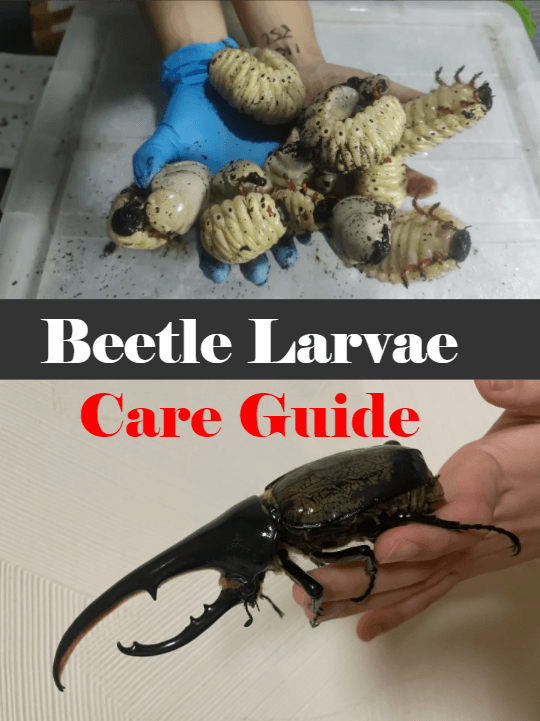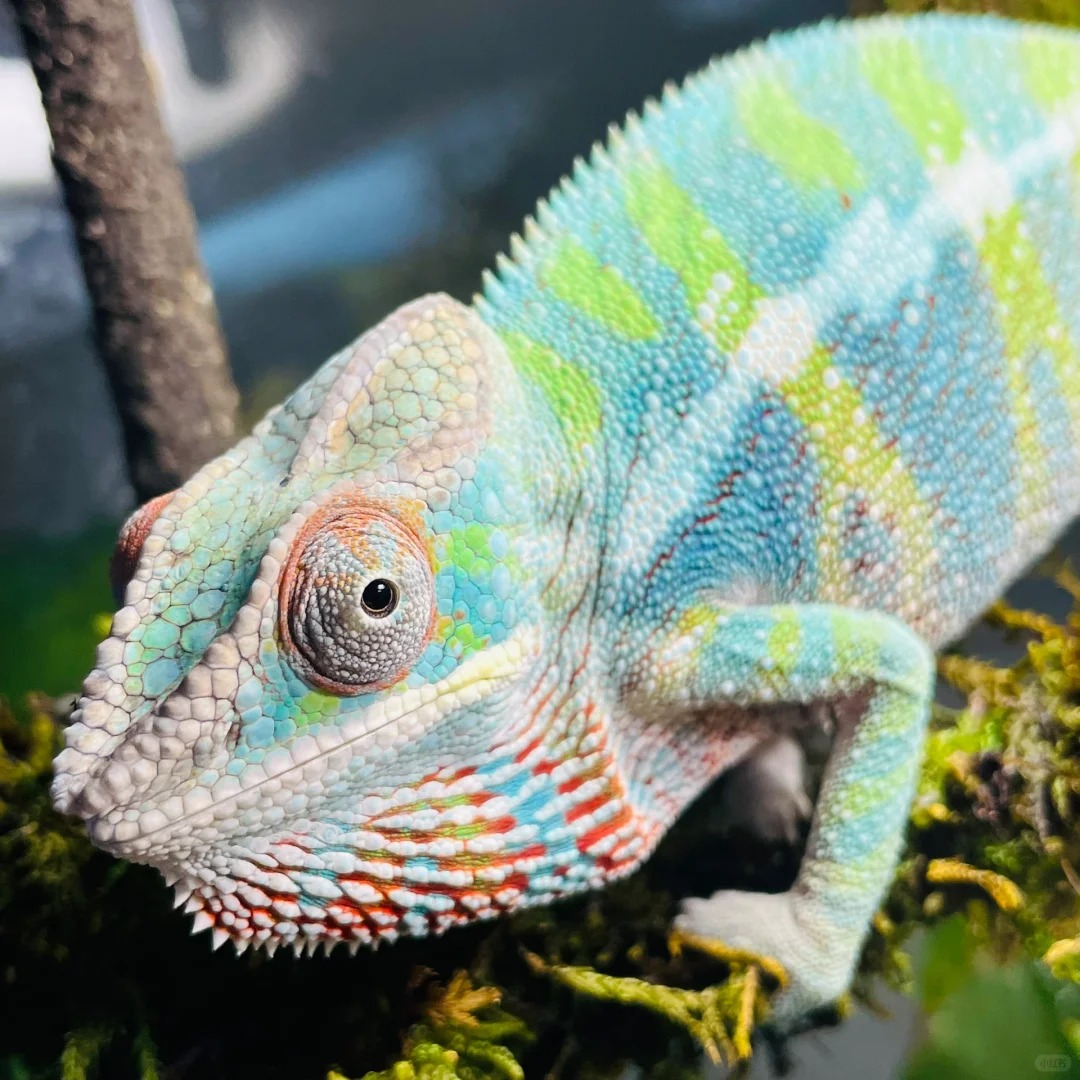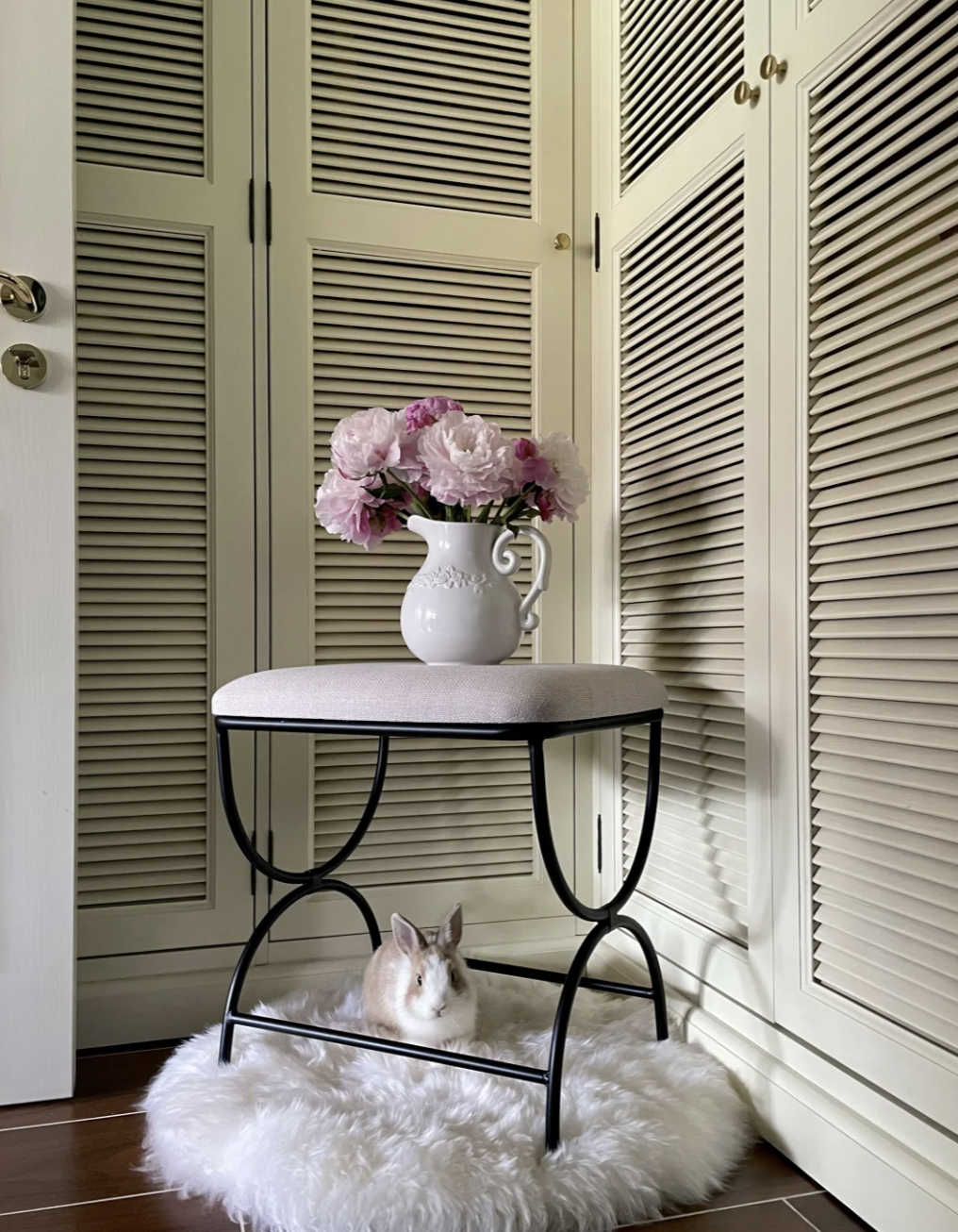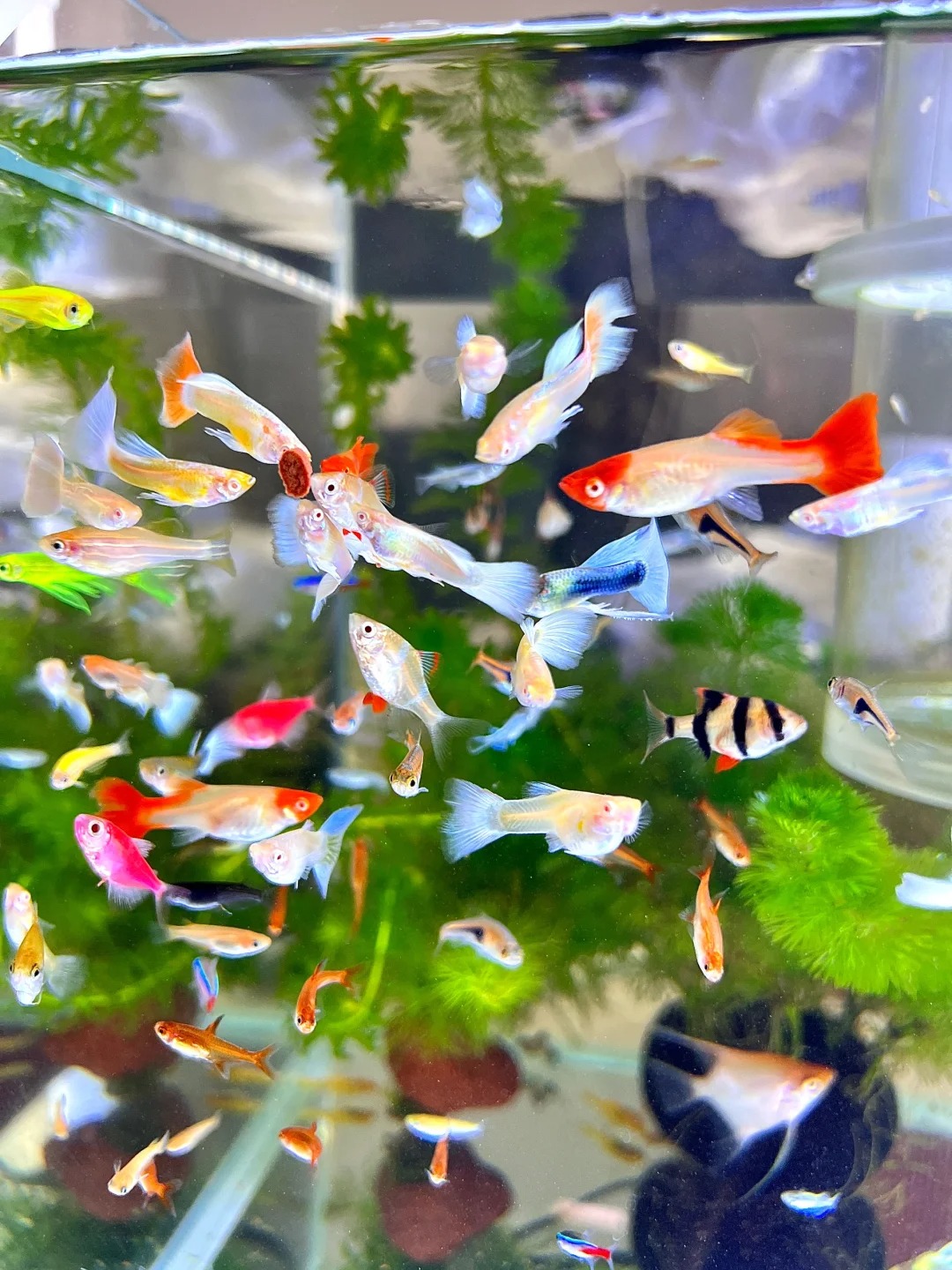# How to Raise Beetle Larvae?
Raising beetle larvae is actually quite simple for most species: a disposable container, a jar, or a small storage box can all serve as a home for larvae. However, while keeping them alive is easy, growing them large requires some techniques.
Let's start with what I believe is the most crucial aspect:
## Using Fermented Wood Chips
There are many brands of commercially available fermented wood chips, each with its unique level of fermentation and particle size. There are also dry and wet wood chips. Dry wood chips are more popular because they are cost-effective and easier to store. However, many people struggle with adding water and waiting properly, often resulting in mold growth, mushroom sprouting, larvae refusing to eat, contamination with other insects, or secondary fermentation. Many of these issues can be avoided by correctly adding water and letting the wood chips sit.
1. **Water Ratio**
Many sellers describe the proper moisture level of wood chips as "squeeze them with your hand; they shouldn't drip water, should clump when released, and should easily scatter with a light shake." This requires precise control of moisture. Although you can adjust the moisture level by adding water when too dry and more wood chips when too wet, a general rule based on most commercial brands is that fine particle wood chips and water should be mixed in a 4:1 ratio, while coarse particle wood chips should be mixed in a 5:2 ratio. After mixing, cover and let them sit.
2. **Turning and Letting the Wood Chips Sit**
After evenly mixing in water, the surface of the wood chips will be moist, but the inside might not be fully hydrated. Check and stir the wood chips the next day to ensure they are evenly moist, there is no pooled water at the bottom, and they have a uniform color and no strange smell. If these conditions are met, repeat the process for several days until the wood chips stabilize, usually around seven days, then they can be used normally.
## Temperature Control
After the proper use of fermented wood chips, the next critical factor is temperature control. Using the right wood chips and maintaining the correct temperature will ensure that the beetles you raise are not small.
Most larvae grow well at temperatures between 22-24°C, with rhinoceros beetles and flower chafers preferring slightly higher temperatures, while stag beetles prefer slightly lower. Common methods for temperature control include air conditioning (for large-scale breeders), temperature-controlled cabinets (for about dozens), and various DIY insulated boxes.
The first two methods can be costly and may not be economical for those raising fewer beetles. The third DIY option is more cost-effective and allows for customization based on your breeding needs and future plans. Here are some materials I prefer based on experience:
1⃣️ **Extruded Polystyrene Foam Boards**
Used for building insulated boxes. They have a higher density than foam boxes, better insulation properties, and flame retardancy, making them safer for both cooling and heating.
2⃣️ **Cooling Equipment**
Options include small compressors, semiconductor coolers, and traditional ice packs.
2.1 Compressor cooling is effective but costly.
2.2 Semiconductor cooling is less efficient but can still cool a 1.8m*1.8m*1.6m temperature control box to the appropriate temperature. It’s a suitable option for smaller boxes.
2.3 Traditional ice packs are suitable for those with time on their hands, needing to replace the ice packs every 12-24 hours but costing almost nothing.
3⃣️ **Heating**
One heating wire can do the job, making it both convenient and safe.
If your goal is to raise medium to large beetles, you can widen the temperature range accordingly. Most rhinoceros beetles and flower chafers develop normally between 18-28°C, while stag beetles prefer temperatures below 24°C.
## Daily Maintenance
With good temperature control and stable food sources, achieving large beetles is just a matter of time. However, there are some daily maintenances and common issues to consider.
**TIPS⚠️**
1⃣️ Fill the container with substrate according to the species: compress tightly for stag beetles, leaving 1-2cm loose on top, and lightly compress for flower chafers and rhinoceros beetles.
2⃣️ Cover ventilation holes with breathable tape to prevent small flies (wood gnats) from accelerating wood chip decomposition.
3⃣️ If using storage boxes, place nonwoven fabric or newspaper between the box and lid to prevent small flies from entering.
4⃣️ **What if the wood chips grow mold or mushrooms?** As fermented products, wood chips contain active microorganisms and fungi. Unless the mold is severe or you see a large amount of green mold, you usually don't need to take action unless larvae refuse to eat.
5⃣️ **White mites in wood chips.** Mites are unavoidable. Unless they heavily infest larvae, there’s no need to manage them.




